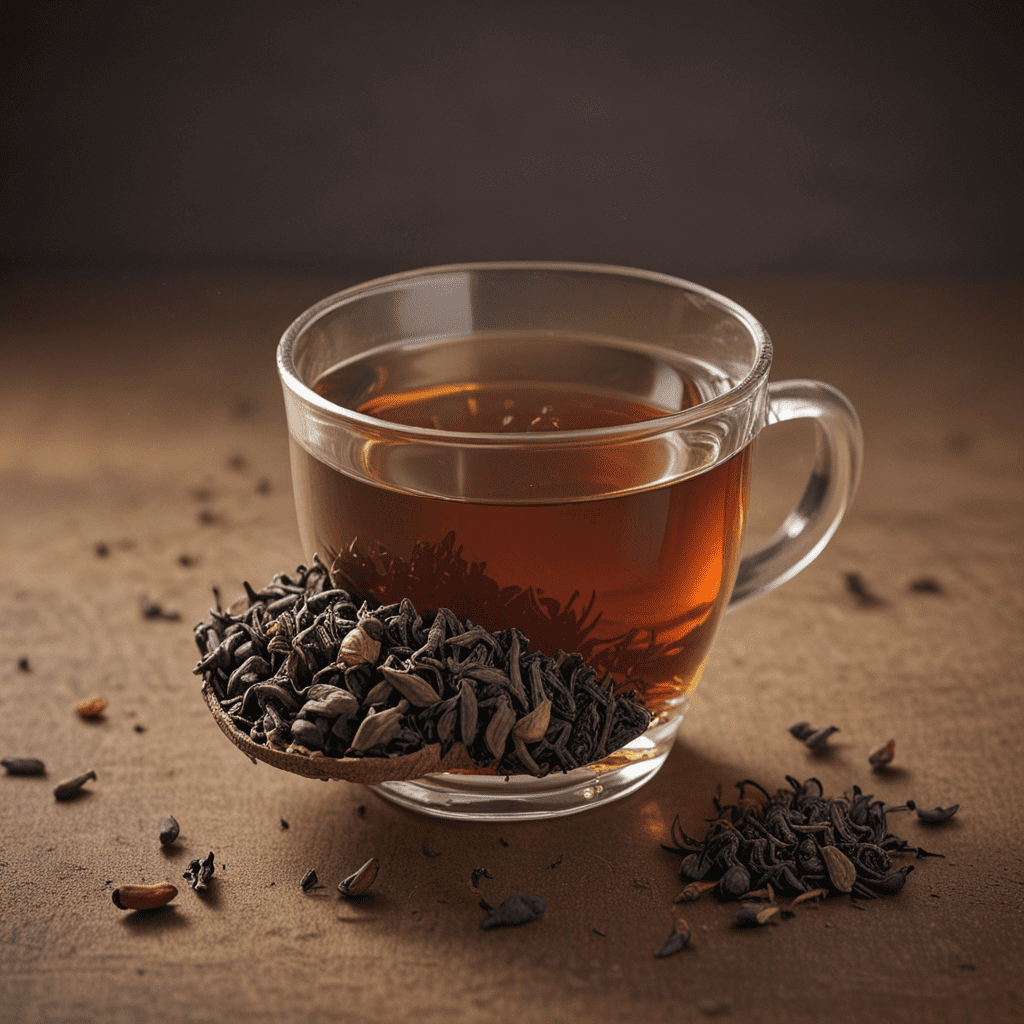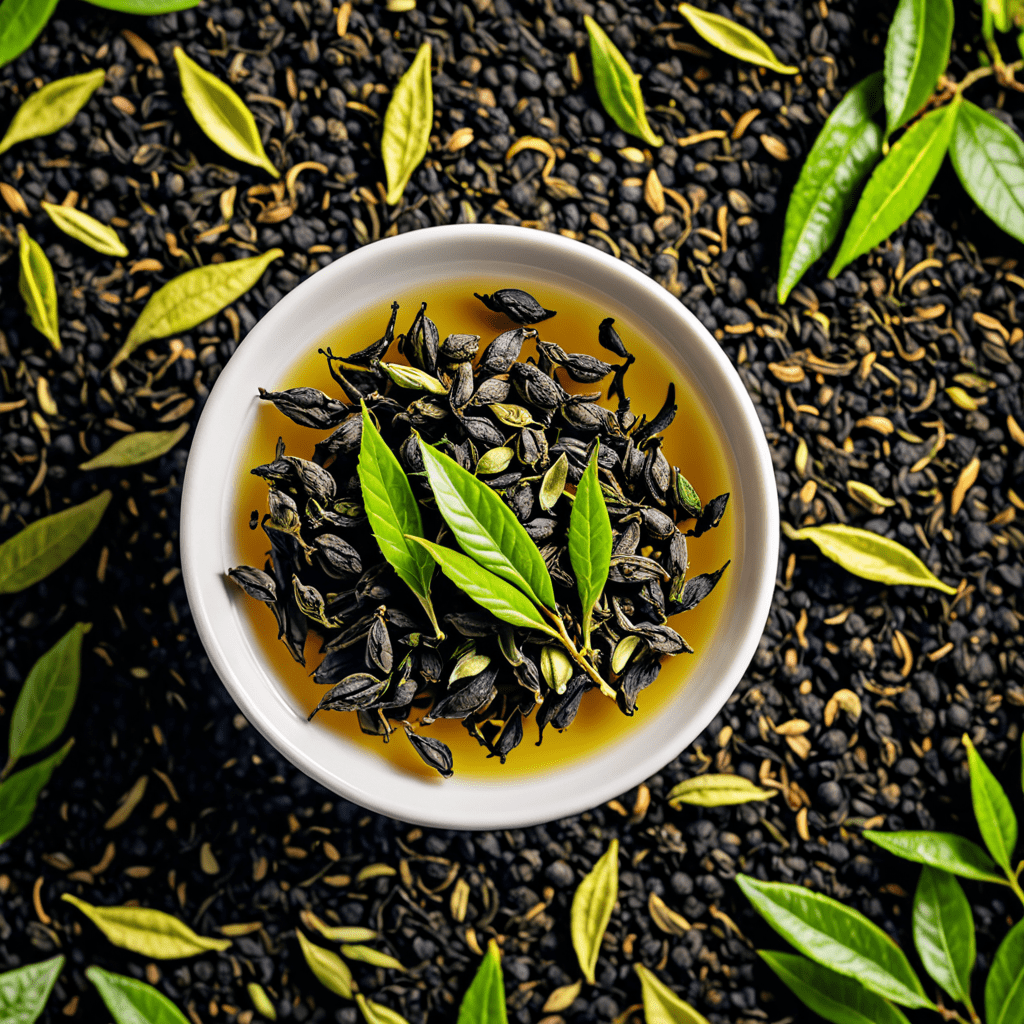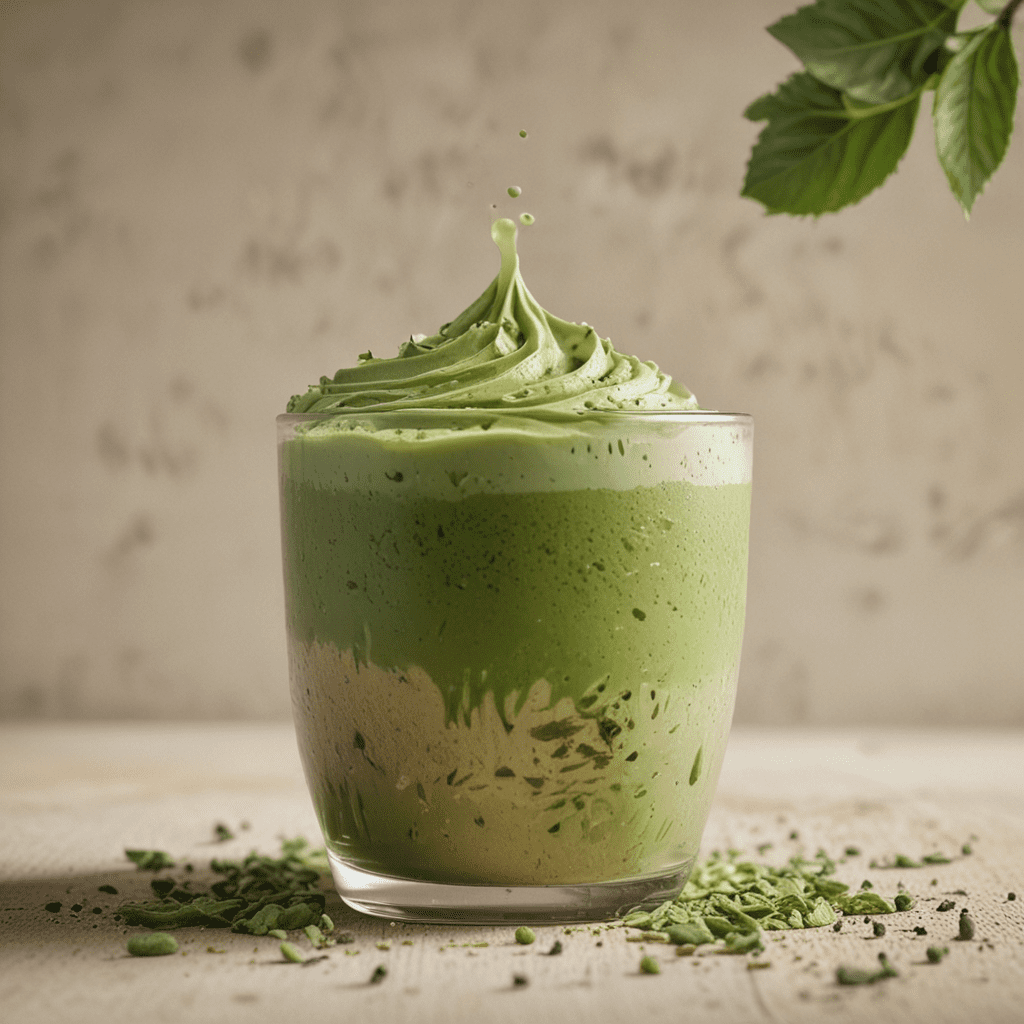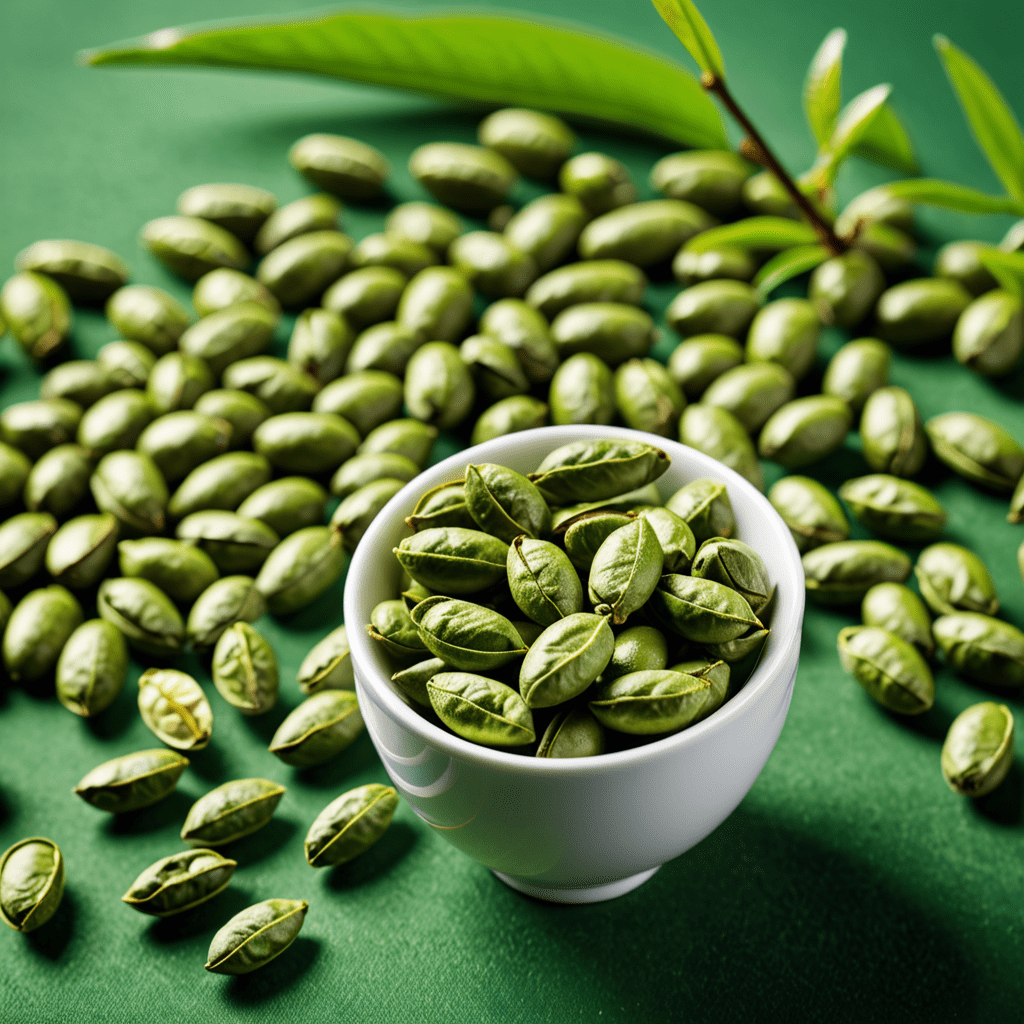I. Introduction: A Legacy Steeped in Tradition
Assam tea, a cornerstone of the tea world, has captivated tea enthusiasts for centuries with its robust flavor and distinctive aroma. Steeped in a rich history and tradition, Assam tea plantations nestled in the verdant valleys of the Brahmaputra River have nurtured these precious leaves, transforming them into an elixir that embodies the essence of authentic tea.
II. The Terroir: Unveiling the Secret of Assam’s Flavor
The exceptional quality of Assam tea stems from its unique terroir, a harmonious blend of climate, soil, and geography. The Brahmaputra River, a life-giving artery, nourishes the fertile alluvial plains where tea thrives. The region's subtropical climate, with abundant rainfall and sunshine, fosters optimal growing conditions, while the rich, well-drained soil provides the perfect foundation for the tea plants to flourish.
III. The Cultivars: A Symphony of Leaves
Assam tea is renowned for its diversity of cultivars, each contributing distinctive characteristics to the final brew. The two primary cultivars, Assamica and Chinensis, offer a spectrum of flavors, from the full-bodied malty notes of Assamica to the brisk, floral undertones of Chinensis. These cultivars, nurtured over generations, form the foundation of Assam's rich tea heritage.
IV. The Plucking Process: A Delicate Art
The art of plucking tea leaves plays a crucial role in determining the quality of Assam tea. Skilled tea pluckers carefully select the two youngest leaves and the unopened bud, ensuring that only the finest leaves are harvested. This delicate process is performed with utmost care, as it directly influences the tea's flavor and aroma.
V. The Withering and Rolling: Transforming the Leaf
After plucking, the leaves undergo a two-step process of withering and rolling. Withering allows the leaves to lose moisture, intensifying their flavors. Rolling, a gentle kneading process, breaks down the leaf structure, releasing essential oils and creating the distinctive shape of Assam tea leaves. These meticulous techniques preserve the tea's inherent character and prepare it for the next stage of its transformation.
VI. The Oxidation: Unveiling the Flavor Profile
Oxidation, a crucial stage in tea production, dictates the flavor profile of Assam tea. During this process, the leaves are exposed to controlled amounts of oxygen, allowing enzymes to react and develop the tea's characteristic flavors. Assam tea undergoes full oxidation, resulting in a robust, malty flavor with hints of caramel and chocolate. This extended oxidation process distinguishes Assam tea from other varieties, contributing to its unique appeal.
VII. The Drying: Preserving the Essence
The drying process is instrumental in preserving the delicate flavors and aromas of Assam tea. The leaves are carefully dried using hot air, halting oxidation and stabilizing the tea's character. This meticulous drying technique ensures that the tea retains its freshness and flavor over time, allowing tea enthusiasts to savor its essence for an extended period.
VIII. The Grading: Assuring Quality and Distinctiveness
Grading is a critical step in the Assam tea production process, ensuring the consistent quality and distinctiveness of the final product. Tea leaves are meticulously sorted based on their size, shape, and appearance. This grading process ensures that each grade of Assam tea meets specific standards, catering to the diverse preferences of tea connoisseurs worldwide.
IX. The Brewing Techniques: Unveiling the Aromas and Flavors
Brewing Assam tea is an art form that unveils the tea's intricate flavors and aromas. The ideal brewing method depends on personal preferences and the desired strength of the tea. Whether it's the traditional method using a teapot or the convenience of tea bags, the brewing process allows tea enthusiasts to customize their experience and fully appreciate the essence of Assam tea.
X. The Assam Tea Experience: A Journey of Senses
Assam tea is more than just a beverage; it's a journey of senses. Its robust flavor, malty notes, and invigorating aroma create a symphony of sensations that captivate tea lovers worldwide. Each sip unveils a rich tapestry of flavors, inviting tea enthusiasts to embark on a sensory adventure that transcends the ordinary.
FAQs
Q: What is the secret behind Assam tea's bold flavor?
A: Assam tea's distinctive flavor stems from its unique terroir, characterized by fertile soil, abundant rainfall, and optimal growing conditions along the banks of the Brahmaputra River.
Q: How does the oxidation process contribute to Assam tea's flavor?
A: Assam tea undergoes full oxidation, a process that allows enzymes to react and develop the tea's robust, malty flavor profile with hints of caramel and chocolate.
Q: What is the significance of grading in Assam tea production?
A: Grading ensures the consistent quality and distinctiveness of Assam tea. Leaves are meticulously sorted based on size, shape, and appearance, ensuring that each grade meets specific standards and caters to the diverse preferences of tea enthusiasts.



